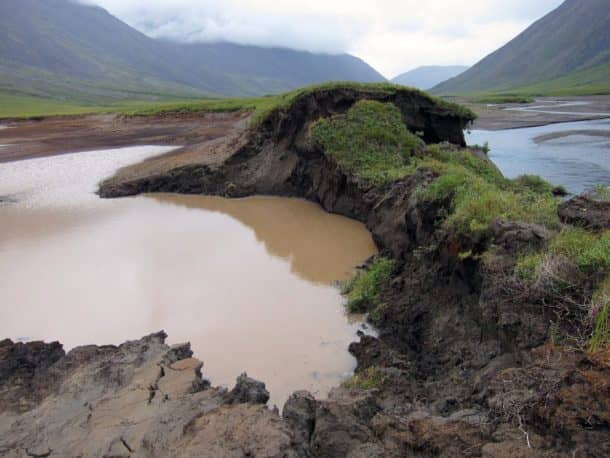The fight for survival against bacteria and viruses has been a sordid tale, with mass scale plagues like “The Black Death” and “The Third Pandemic” etc. killing millions over our history. Since then, modern day medicine has managed to curb the menace and manage the threat to a large extent, but scientists think that all this could change due to the effects of climate change.
Heating of the poles is leading to melting of the permafrost, and the defrosting of the soil and glaciers could lead to a sudden release of ancient and potentially deadly bacteria and viruses that living beings haven’t had to deal for centuries. We saw a glimpse of this in August 2016 when anthrax trapped under tons of ice was released and killed a 12-year-old boy died while hospitalizing 20 other people in the Siberian tundra. Scientists concluded that the anthrax was released from a reindeer that died over 75 years ago and was frozen under permafrost which was defrosted in the 2016 heat wave.
Researchers think that this might not be the last time such events occur. Jean-Michel Claverie, an evolutionary biologist working at France’s Aix-Marseille University spoke to the BBC,
“Permafrost is a very good preserver of microbes and viruses, because it is cold, there is no oxygen, and it is dark. Pathogenic viruses that can infect humans or animals might be preserved in old permafrost layers, including some that have caused global epidemics in the past.”

The threat of widespread anthrax is a very serious one since over a million reindeer perished from the disease in the early 20th century with most of their carcasses buried in the depths of snow in Russia. And there might be even more deadly diseases that might be close to being released from the permafrost.
Scientists have found pieces of RNA of bodies suffering from the Spanish flu buried in the Alaskan tundra mass graves, and they fear that the bubonic plague and smallpox could also be hiding in Siberian permafrost. Claverie says there’s a probability that dormant microbes will come back to life and cause grave harm. He told the BBC,
“How likely that is is not known, but it’s a possibility. It could be bacteria that are curable with antibiotics, or resistant bacteria, or a virus. If the pathogen hasn’t been in contact with humans for a long time, then our immune system would not be prepared.
What should be our response? Let us know your thoughts in the comments section.


